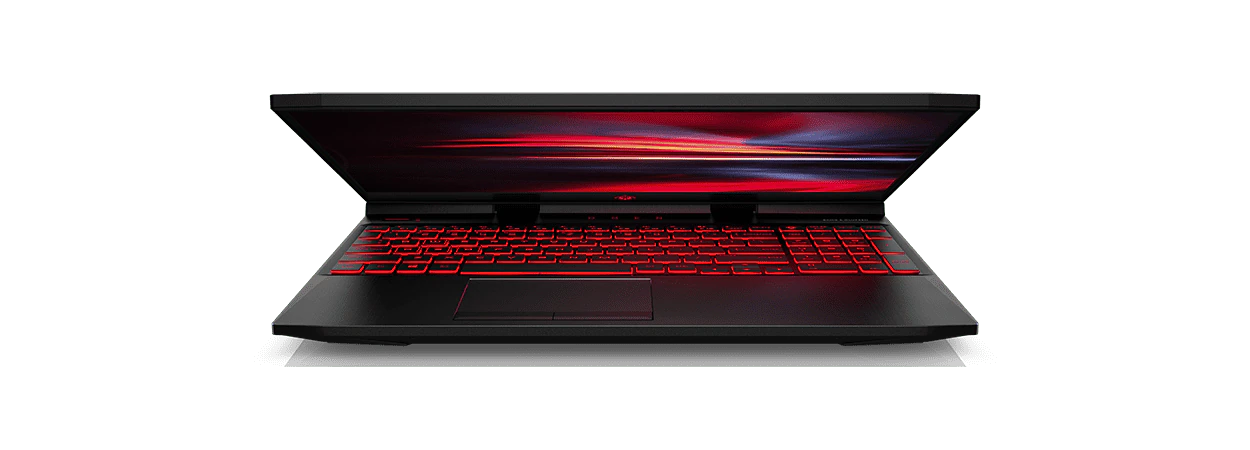Thank you for visiting the HONG KONG HP Store
-
Contact Us
CONTACT USChat with us
- Our specialist are here to help
- Live chat
- Sales
- 85264507529(WhatsApp)
-

- Post Sales
- 85230016720(WhatsApp)
Mon-Fri 8.30am - 5.30pm
(exc. Public Holidays)
Live product demo
Store finder Locate our storesSubmit feedback We value your opinion! - Location
- My Account
Choosing the Best Laptop Screen Size


Picking the right laptop screen size and figuring out how to measure a laptop may sound simple, but it can sometimes be a little more complicated than you think. There are numerous different configurations out there with a range of sizes and features.
Of course, the exact size of a device isn’t a fundamental measure of quality or usefulness. For many users, the advantages and appeal of a large laptop display are hard to beat. For others, a compact device that offers greater convenience and portability is the priority. It’s all about what you do most and how you prefer to do it.
Today, we’ll take a thorough look at some of the different considerations that go into choosing your preferred laptop screen size. Before we get started, here’s a quick checklist of all the questions we’ll focus on:
1. Are you comfortable with your current laptop screen size?
2. How portable or compact do you need your device to be?
3. Do you frequently use your laptop for multimedia activities?
4. What kind of workspace does your laptop have to sync with?
To give you the best possible foundation for your choice, we’ll start with a primer on laptop screen size.
How to measure laptop screen size
Are you wondering, “What is my laptop screen size and how do I measure it?” When you’re measuring or comparing screen sizes, remember that almost all display sizes are measured on the diagonal.
That means the display size you see in the specs is not measuring the width from right to left on a flat plane. To confirm display size, you need to measure from the top corner of one side to the bottom corner on the other side. The resulting measurement should match the manufacturer’s specs.
It may seem like a small detail, but it’s a common mistake and therefore, important to keep in mind. After all, it would be extremely frustrating to have to replace a device you thought would be bigger when you bought it.
Is there a standard laptop screen size?
There is no universal standard when it comes to the display size or overall physical configuration of laptops, though some pieces are more similar than others. For example, more and more manufacturers are prioritizing thin builds less than 1 inch thick, making it more likely that a larger display size won’t always adversely affect portability.
On the other hand, the size of displays is a little more consistent, with the majority of laptops featuring between 15-inch and 17-inch displays. Compact laptops tend to range from 11 inches to 14 inches. Having said that, display screen size can still be tricky. Just because two displays have the same diagonal measurement doesn’t mean they have the same vertical and horizontal measurements.
How do you avoid confusion? Make sure you know your manufacturer’s specifications and make sure you don’t lose track of your numbers while making a comparison. If you’re trying to research your laptop’s product specifications, check out our How Do I Find My Product Name or Number guide.
Are there any general advantages to a large or small display?
LARGE DISPLAY ADVANTAGES
The biggest advantage of larger displays is technically described as a wide viewing angle. Large displays are bigger, so you can be further away and still perceive everything comfortably. A display with a wider viewing angle can have several implications, with increasing evidence to suggest that large displays offer an improvement to user experience and productivity [1].
While users who opt for larger displays can get a boost to their work and hobbies, it can come at the cost of portability. That’s primarily due to the increased overall weight and dimensions of a larger display and keyboard. But these days, it actually has the most impact on the width and depth of your device, which means it’s possible to find 17-inch laptops that are less than 1 inch thick.
Whether the extra weight or inches make a difference is up to you. For example, you may not care as much about weight. For some, having a laptop with a little extra weight adds a reassuring sense of stability, because it feels like it can guard against accidents or slippage. But for others, it’s just plain heavy and uncomfortable.
SMALL DISPLAY ADVANTAGES
Laptops with small displays are frequently lighter and more compact. You can find models that still offer great resolution, but you won’t get the improved viewing angle. In exchange, you get a device with a much trimmer physical profile, which also potentially shaves several pounds from its weight.
If you prioritize working comfortably in any environment, like airplane seats or crowded coffee shops, small displays are great. Weight isn’t the only thing you want to bear in mind, though, because small displays also generally consume less power compared to larger options.
The most important things to remember while you shop
While our list is meant to be comprehensive, every situation is unique and your scenario may have more to think through. If you read this and still feel uncertain, you may want to do more research or even plan a trip to look at some devices in person.
1. ARE YOU COMFORTABLE WITH YOUR CURRENT LAPTOP SCREEN SIZE?
This is a great place to start when debating display size. Chances are you have some doubts if you made it here in the first place, but even if the answer is a hard no, it’s still a good way to start your comparison or search for a replacement. Focus on picking a display size that addresses any of the shortcomings you can already identify.
An important addendum to that question is: do you know your current laptop screen size for certain? We’ve already talked about determining screen dimensions, but it can’t be stressed enough how much you want to avoid confusion. If you enjoy the scale of your previous device and want to get something new with similar proportions, make sure you perform an accurate comparison.
2. HOW PORTABLE OR COMPACT DO YOU NEED YOUR DEVICE TO BE?
Some users look at their laptops like a portable desktop PC for use around the house or with family. You may only take it out occasionally for specific situations, so a larger display is less challenging and provides a regular boost to your experience.
Others prefer them as a true portable alternative for work, school, or travel. In those situations, the smaller keyboard and display become a convenience, allowing you to focus more on what you’re doing in potentially crowded or tight spaces.
3. DO YOU FREQUENTLY USE YOUR LAPTOP FOR MULTIMEDIA ACTIVITIES?
You can simply ask yourself, “What do I do most with my laptop?” If you stream or consume media via your laptop, then a larger screen size becomes an advantage. It offers a superior viewing angle and better detail, helping you get the most out of streaming or video game titles.
For some users, this is the most important consideration. Investing in a bigger or higher resolution display can make a huge difference for streamers and gamers.
4. WHAT KIND OF WORKSPACE DOES YOUR LAPTOP HAVE TO SYNC WITH?
If you primarily use your laptop in a particular area, whether it’s a home office or workplace setting, the size of your space can determine the ideal display size. Some users may work the majority of their day using an external monitor or two, and only unplug for travel or short periods away from their multi-screen setup, while others have a more minimal routine where their only screen is that of their laptop. That means you should think about your primary workspace while shopping.
A larger display can be bulky and cumbersome in a confined or cluttered space, negating many of its most substantial advantages, but if it’s your only screen, you may want to go bigger. Remember, a larger display also comes with a larger physical footprint, meaning you’re left with less surface area to spare, especially if some of that room is taken up with an external display.
How to pick your perfect display dimensions
If you’re debating what measurements to choose for your laptop, chances are it’s a more complicated question than just preference. Laptops offer great convenience and increasingly sophisticated features across the board, so the choice comes down to your lifestyle and experience. While HP laptop sizes vary like any other manufacturer, it’s easy to filter your laptop search based on screen size.
Bigger displays can often help with productivity and offer a deeper sense of immersion, but smaller models are typically more convenient for commuters and those who work on-the-go. Whichever size you choose, just make sure you focus on comfort and use.
- Our specialist are here to help
- Live chat
- Sales
- 85264507529(WhatsApp)
-

- Post Sales
- 85230016720(WhatsApp)
Mon-Fri 8.30am - 5.30pm
(exc. Public Holidays)
Live product demo







